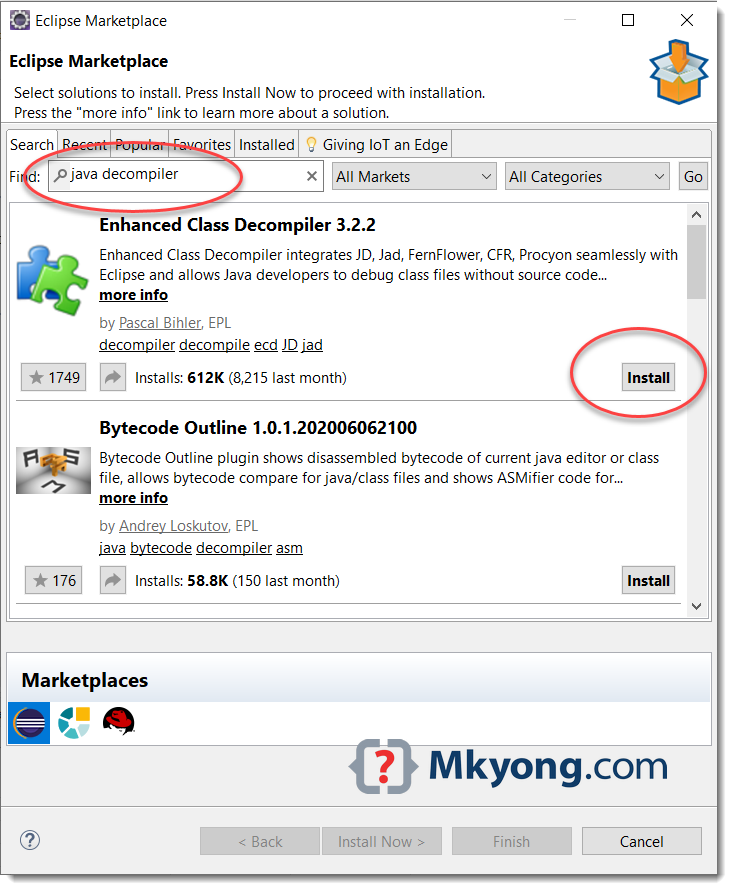


JAVA UML EDITOR NOT DISPLAYING CLASSES HOW TO
So how to read the two columns? Let's check the row for String type. If you scroll you can see some C# types like uint and ulong, which are not available in Java. The list of data types is updated, and is now longer than before. We will describe in more detail in a minute. The Programming Language window shows the currently selected language, its supported data types and their corresponding display names.Select Window > Configuration > Configure Programming Language from the application toolbar.Let's entertain the C# developers by presenting the data types in C#. Now you have a class diagram with Java data types used as attribute types. Presenting class model in another programming language To save time, you can type the name and data type inline without going through the specification window. Now, create two more attributes age : int and active : boolean.Now, select String and click OK to confirm. You can see a list of primitive Java data types available for selection. Click on the drop down menu next to the Type field.Right-click on the attribute and select Open Specification.Type name and then click on the diagram background to create a typeless attribute. You can type name : String to create such an attribute but let's try something different this time. Right-click on the class and select Add > Attribute from the popup menu. Let's add an attribute name into the class.Select Class Diagram in the New Diagram window and then click Next. You can create a class diagram by selecting Diagram > New from the application toolbar. You will be creating the attributes with primitive Java data types. In this section you will create a class diagram with one class, and several attributes in it. Let's say we are going to draw a class diagram for a Java project. By default, UML is selected to be the Data type set, meaning that you can use the primitive UML data types when constructing your model.In the New Project window, enter Tutorial as Name.

Select Project > New from the application toolbar.

We will show you how to do this in the next section. You can switch between languages any time you want. Do not worry if you have not been doing this in your production projects. By doing so you can easily select the language-specific types in constructing a class model. In this section, we will show you how to create a new project in specific programming language. In this tutorial, we will show you how to present a class model in different programming languages.


 0 kommentar(er)
0 kommentar(er)
